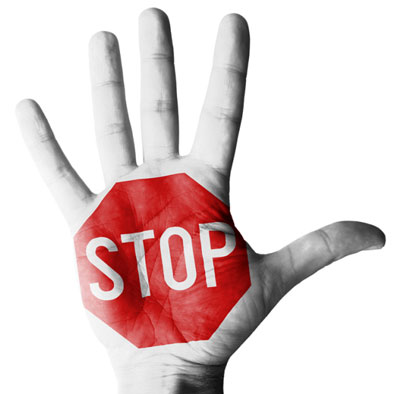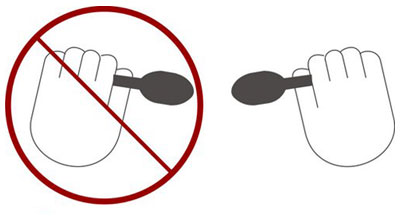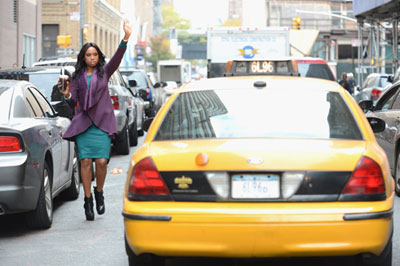Hand gestures are a most common way of communicating with others and conveying your feelings. These gestures are usually most helpful when there are language barriers but beware! The meanings of hand gestures in different cultures may translate into different things. Here’s a look at some hand gestures that you should take note of before using it while overseas :
1) The Stop!

Looks cool in : Most parts of the world
Avoid Using In : Greece
If you want to get punched in the face, please feel free to use the palm-out, fingers-up “stop” sign in Greece. This innocent-in-other-parts-of-the-world gesture is apparently an insult to the Greeks that dates back to the Byzantine times, when shackled criminals were paraded through the streets and gawkers were allowed to smear charcoal or excrement in their faces using their open palms.
2) Pat On The Head

Avoid Using In: Thailand
While in most parts of the world, we wouldn’t think twice about ruffling a kid’s hair or patting someone for a job well done. However, in Thailand where folks are predominantly Buddhist, the head is the most sacred part of the body and it’s where the spirit lives. Time to reconsider this!
3) The Left Hand

Avoid Using In : The Middle East, India, Sri Lanka, and Africa.
In these countries, the left hand is traditionally seen as unclean, because it is associated with cleaning yourself after using the bathroom.
4) The Arm Wave

Avoid Using In: South Korea
Avoid hailing a cab or waving someone over to you with your palm facing up in South Korea, unless you’re summoning your dog, just as the South Koreans do. The proper way to wave is to move your hand up and down vertically with your palm facing down.
- 5 Korean Food I Enjoyed Most in Seoul - September 14, 2017
- 5 Reasons Why I Enjoyed Hanoi Street Food - October 10, 2016
- Destinations On The Rise : Da Nang, Vietnam - September 18, 2015
